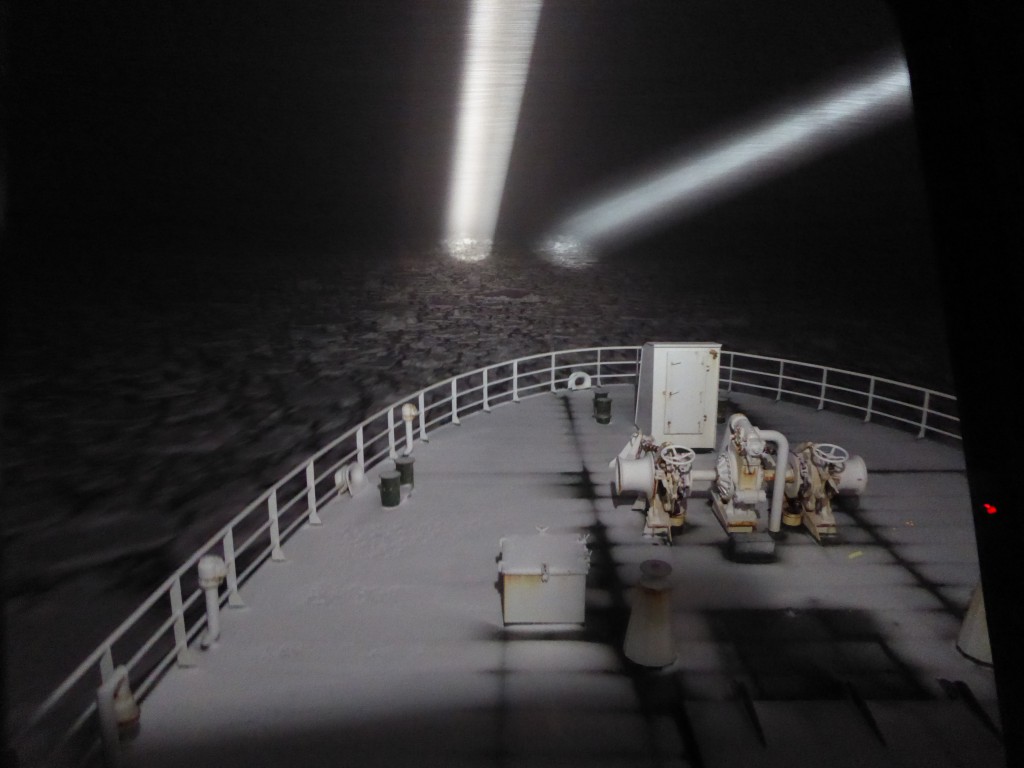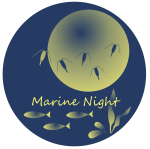This is not what one imagines being on a ship, cruising around Svalbard, should be like. There are no dramatic vistas of sharp peaks, rocky shorelines, and glacier-covered mountainsides. Bears, seals, walrus, and sea birds have either left for more southern areas or are somewhere out of sight. It is dark. I mean really dark. Imagine crawling into your refrigerator (or more accurate, your freezer) and closing the door. If the light really does go out when the door is closed, that is pretty much what it is like here.
But then, we are not tourists either. In fact, it is this darkness that interests us since, in very recent years, it has surprised us with its high levels of biological activity. Planktonic and seafloor (benthic) communities, and even some seabirds, are very active. The interactions of sea ice, wind, and water now are , in part, determining the productivity of the ecosystem when the sun returns. We are here to study the biodiversity and ecological processes of the polar night to more fully understand how Arctic ecosystem’s operate.
So on second thought, maybe we are here for the same reason most people visit Svalbard: the mystery of a foreign environment that relatively few have experienced, and the feeling of being part of something far larger than we are. Our field of view is shortened, even in the lights of the ship or our headlamps, challenging us to look more closely at the details and letting our imaginations fit these into a bigger picture. So maybe the real sense of adventure and exploration of an unknown world that we are undertaking makes our voyage worthy of any tourist guide after all.
Text: Malin Daase, Paul Renaud

Photo (Malin Daase): The research vessel Helmer Hanssen illuminates the darkness as it steams northward through sea-ice in the polar night.



